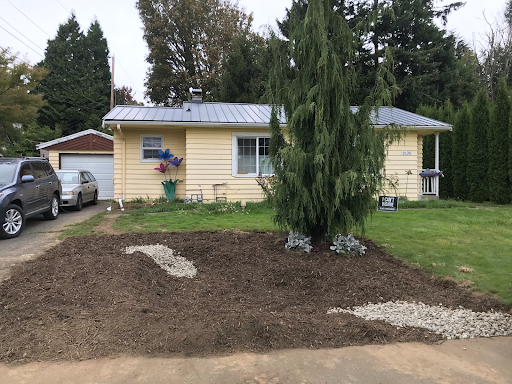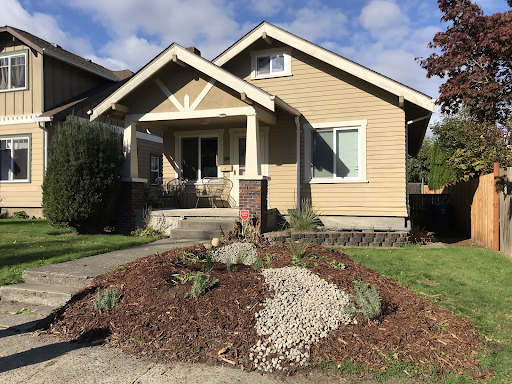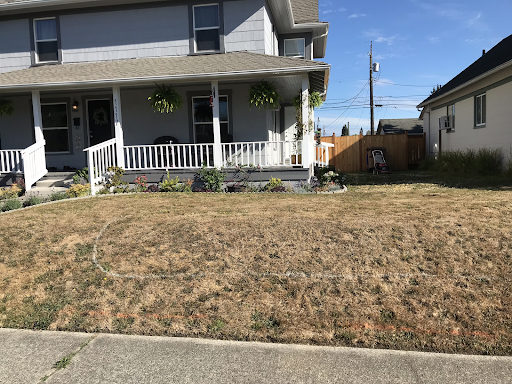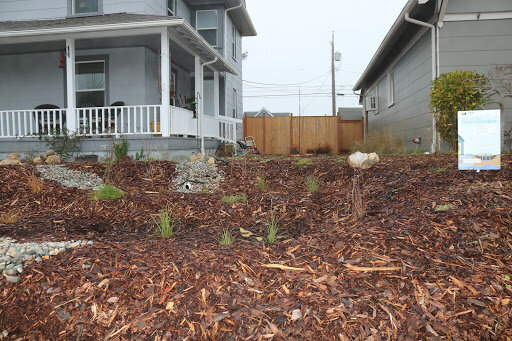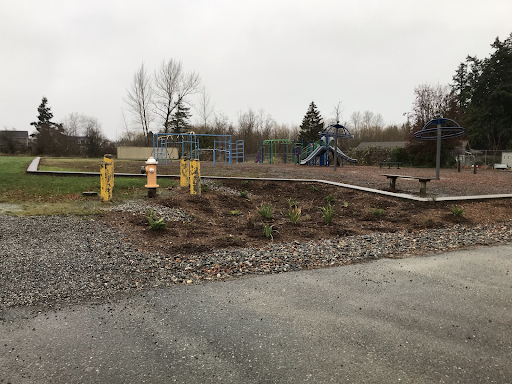Stronger Partnerships, Better Stormwater Infrastructure
/Every time it rains, pollution from our roadways, sidewalks and driveways is carried by the water to our streams and rivers. When we replace native plants and soils with lawns and pavement, we reduce the ability for the landscape to absorb and filter stormwater. Consequently, this excess water washes into the greater Puget Sound and negatively impacts countless species of wildlife, and eventually, ourselves.
As one of the 12 conservation districts in the Puget Sound region, our shared goal is to protect our waterways. Last year as part of the Regional Stormwater Action Team (RSAT) project, we continued this tradition of cooperation with an ongoing network of green stormwater infrastructure (GSI) resources among Puget Sound conservation districts.
Unlike grey infrastructure that relies on culverts, pipes, and underground conveyance, GSI uses the power of nature to absorb, filter, and disperse stormwater. District Engineer Derek Hann worked alongside conservation districts to reach out to homeowners and to assess where to install demonstration gardens.
“I’m hoping we can leverage the work done for RSAT into more partnerships,” Hann said. Once he finished designing the rain gardens, our Veterans Conservation Corps crew provided technical assistance to each partner district and installed the gardens.
Out of this collaboration, demonstration rain gardens now filter stormwater throughout Mason, Whatcom, Pierce, King, and Skagit counties. But while our staff helped with the installation and offered advice on cluster projects, we also learned a few things in the process from other districts.
“RSAT was about building relationships,” David Jackson, Community Conservation program manager, said.
We’re happy to say that we received more requests to participate in RSAT than our bandwidth allowed, which could lead to similar efforts in coming years.
This project has contributed to our goal for a healthier Puget Sound through the expansion of green stormwater infrastructure and continues to be supported by a growing network of resources that local districts can share back and forth. We look forward to the work that will be done in the future, and the part that our district will play in the green stormwater infrastructure of tomorrow.

